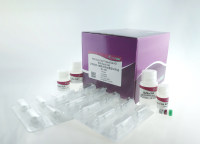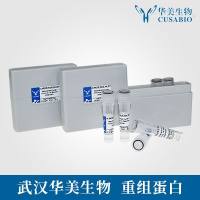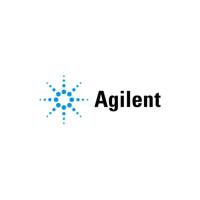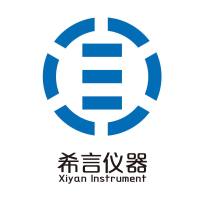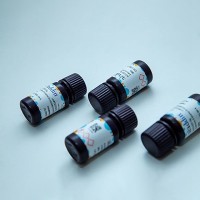Quick, Easy, Cheap, Effective, Rugged, and Safe Approach for Determining Pesticide Residues
互联网
792
This chapter describes a simple, fast, and inexpensive method for the determination of pesticides in foods and potentially other matrices. The method, known as the quick, easy, cheap, effective, rugged, and safe (QuEChERS) method for pesticide residues involves the extraction of the sample with acetonitrile (MeCN) containing 1% acetic acid (HAc) and simultaneous liquid-liquid partitioning formed by adding anhydrous magnesium sulfate (MgSO4 ) plus sodium acetate (NaAc), followed by a simple cleanup step known as dispersive solid-phase extraction (dispersive-SPE). The QuEChERS method is carried out by shaking a fluoroethylenepropylene (FEP) centrifuge tube that contains 1 mL 1% HAc in MeCN plus 0.4 g anhydrous MgSO4 and 0.1 g anhydrous NaAc per gram wet sample. The tube is then centrifuged, and a portion of the extract is transferred to a tube containing 50 mg primary secondary amine (PSA) and 50 mg C18 sorbents plus 150 mg anhydrous MgSO4 per milliliter extract (the dispersive-SPE cleanup step). Then, the extract is centrifuged and transferred to autosampler vials for concurrent analysis by gas chromatography-mass spectrometry (GC-MS) and liquid chromatography-tandem mass spectrometry (LC-MS/MS). Different options in the protocol are possible depending on alternate analytical instrumentation available, desired limit of quantitation (LOQ), scope of targeted pesticides, and matrices tested.


